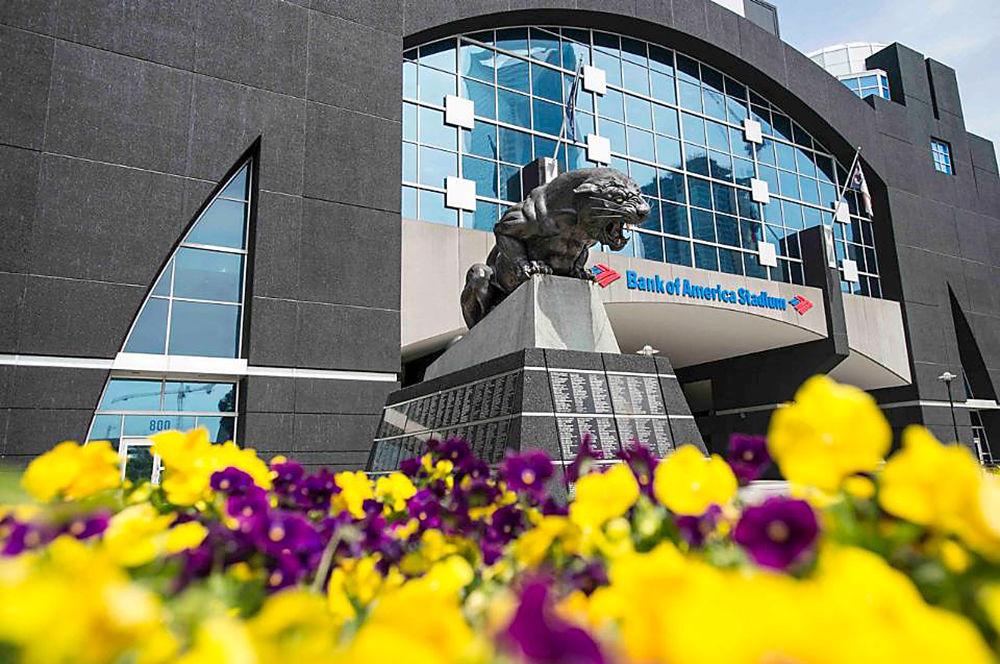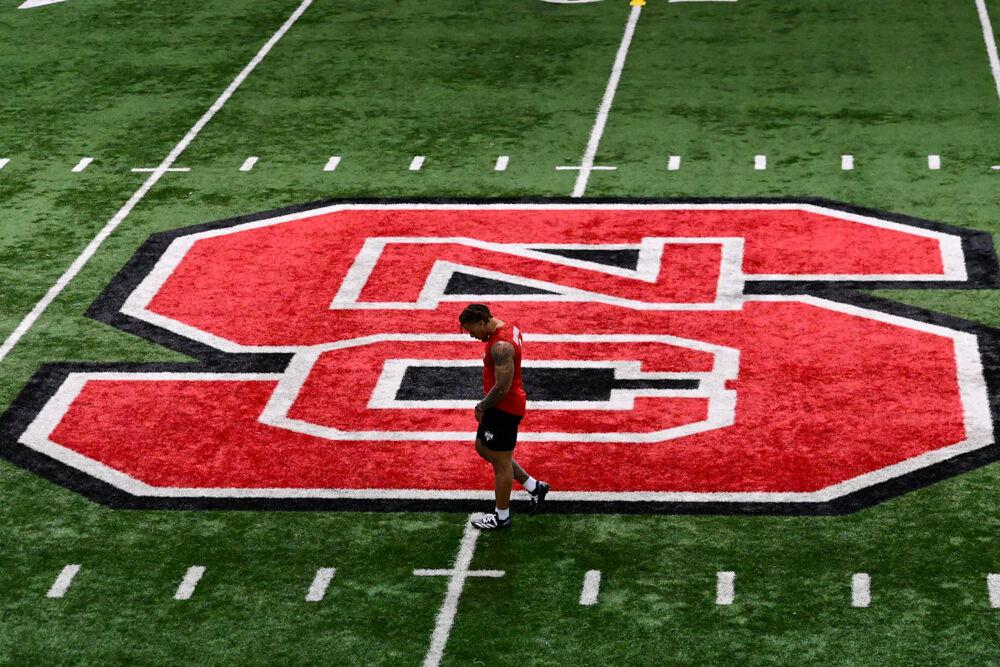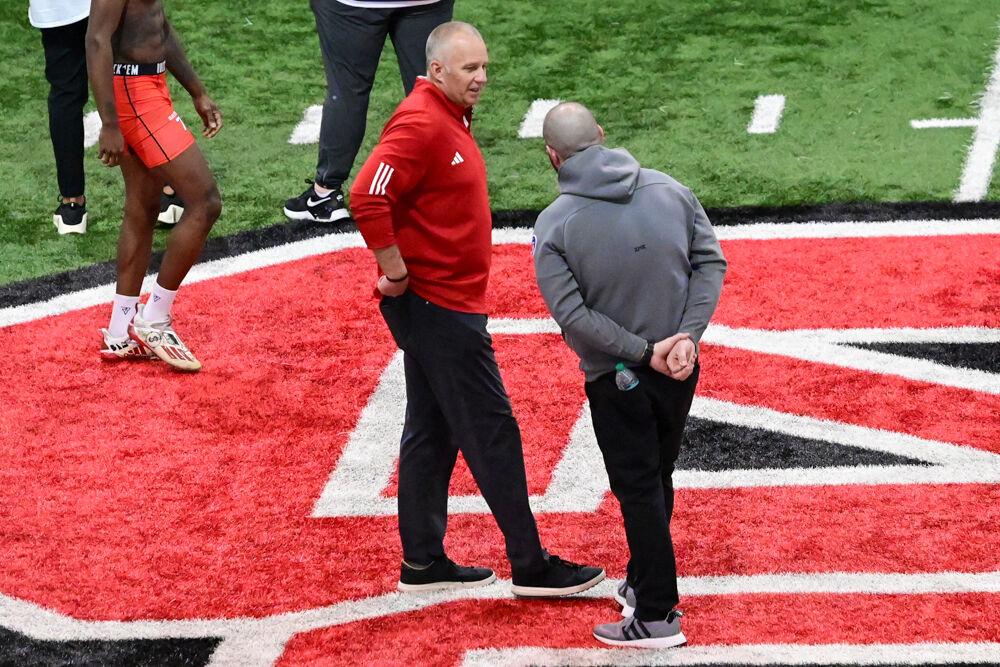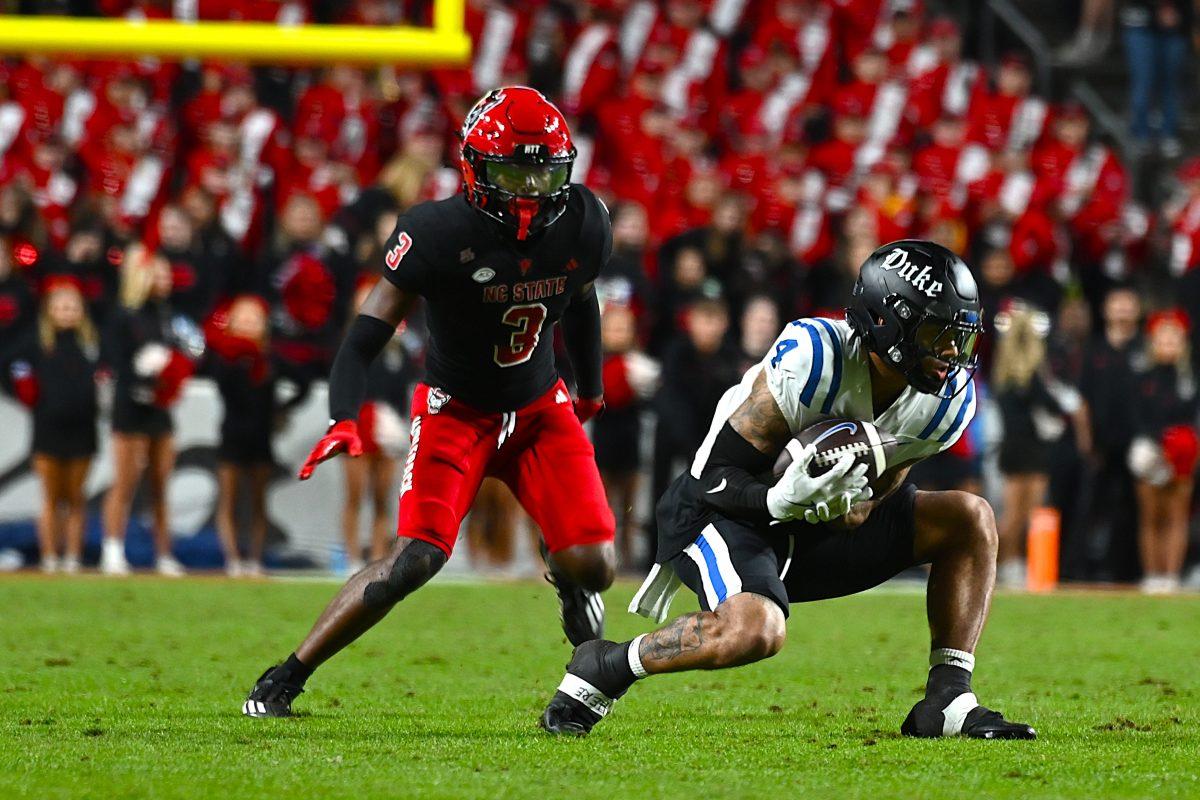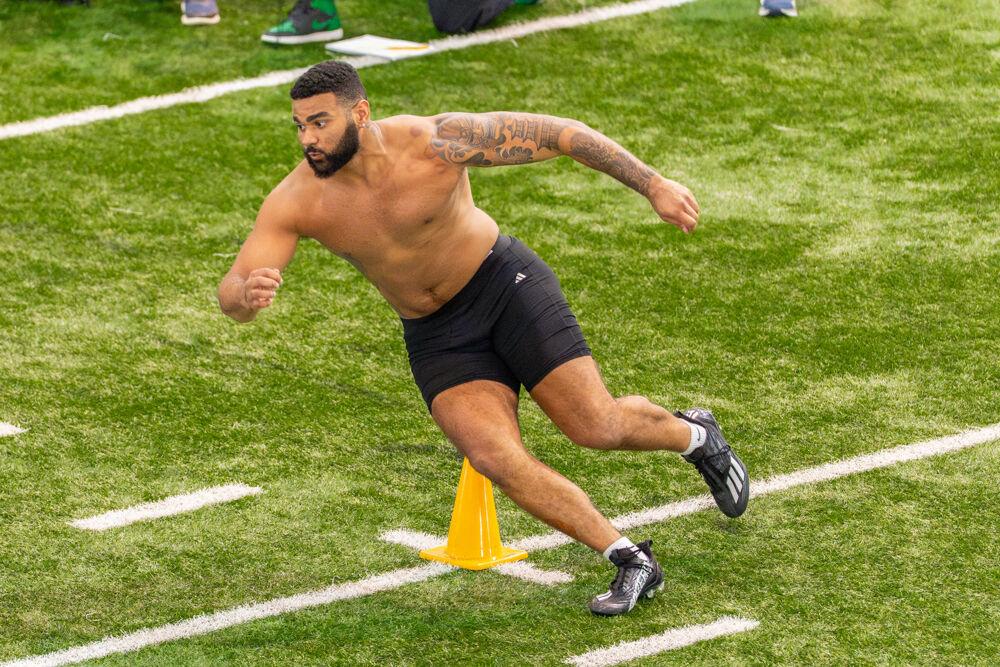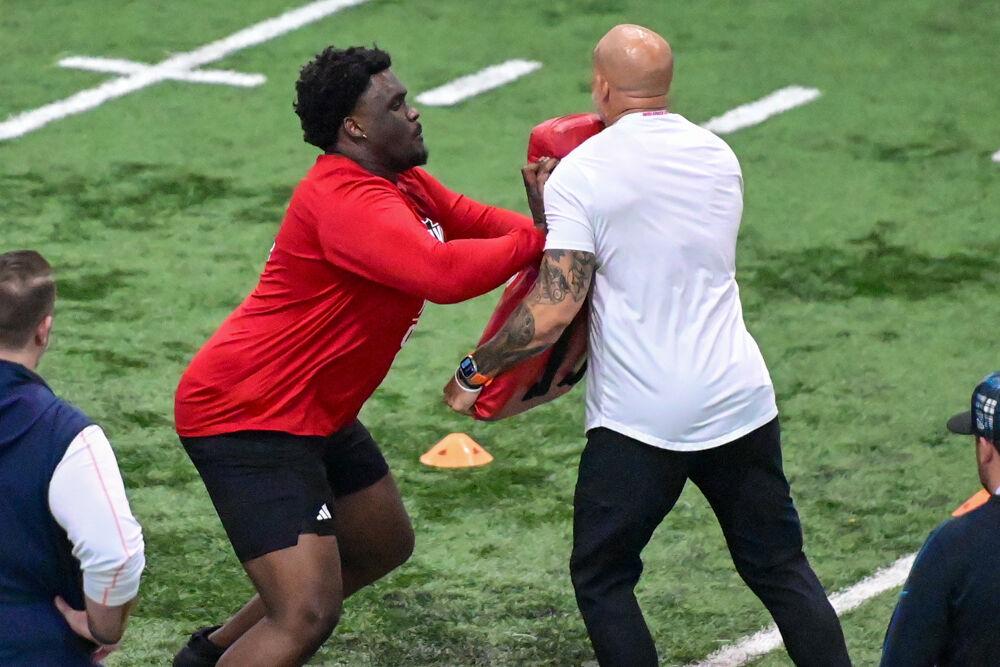The Carolina Panthers of the 2016 NFL season were not the same team that lost to the Denver Broncos in Super Bowl 50. The only notable departure was cornerback Josh Norman’s signing to Washington; therefore, a depleted secondary was expected last year. However, no one expected the defending NFC champions to stumble to a 6-10 record.
To combat Norman’s absence last year, the Panthers drafted three cornerbacks, including two who developed well in their rookie years in Daryl Worley and James Bradberry. This offseason Carolina signed Minnesota Vikings cornerback Captain Munnerlyn, a former Panther, and Indianapolis Colts safety Mike Adams. Both will bring experience to the secondary and fill the nickel and strong safety positions.
The linebacking core is retained following the one-year extension of outside linebacker Thomas Davis. Middle linebacker Luke Kuechly is back after a concussion scare in 2016, and third-year pro outside linebacker Shaq Thompson rounds out the group.
The defensive line is led by the anchors in the middle in defensive tackles Kawann Short and Star Lotulelei. On the outside are pass rushers Mario Addison and Charles Johnson. Addison surprisingly led the team in sacks with 9.5, earning him a three-year contract extension. To bolster the pass rush, then-general manager Dave Gettleman signed former Panthers star Julius Peppers. While fans would have preferred Gettleman select a prospect in the draft, Peppers provides a needed spark on third downs.
The offensive line suffered many injuries last year. Former Panther Michael Oher fell victim to concussions and center Ryan Kalil was put on injured reserve in week 11, forcing coaches to try a number of line combinations. During free agency Gettleman signed Minnesota Vikings left tackle Matt Kalil to a five-year $55 million deal. Despite his injury history and average play in Minnesota, Kalil will be Newton’s blindside in 2017. In the draft, Carolina selected tackle Taylor Moton in the second round. Moton will back up right tackle Daryl Williams, but he should see the field often.
At wideout and tight end, Newton will look to wide receiver Kelvin Benjamin and tight end Greg Olsen early and often. Olsen is coming off of three straight 1,000-yard seasons, while Benjamin has fought weight issues after a disappointing 941-yard campaign. Carolina drafted wide receiver Curtis Samuel to fill the hole left by the speedy Ted Ginn, who is now with the New Orleans Saints.
Running back Christian McCaffrey is by far the most popular acquisition by Carolina. McCaffrey is a versatile player who boasted elite agility in his preseason reps. The Panthers should utilize his unique talents in the slot, in special teams and in the backfield. The Stanford product provides a nice change of pace to running back Jonathan Stewart, the bruising tailback. Stewart, a 10-year pro, is 30 years old, but he still led the league in yards after contact in 2016. Carolina can rotate the backs to give veteran Stewart needed rest.
Despite the weapons the front office has surrounded Newton with, it’s up to him whether this team succeeds or not. Newton is still rehabbing from shoulder surgery in March, but he should be near 100 percent as Carolina faces off against the San Francisco 49ers. It remains to be seen if the offensive line can actually protect Newton.
As of Oct. 16, 2016, Newton was the most-hit quarterback since 2011 with 831 hits, while the next closest quarterback had taken nearly 300 less hits. With these statistics and the injection of new offensive weapons, head coach Ron Rivera wants Newton to run less, translating to less contact for the franchise quarterback.
Newton already holds the NFL record for most career rushing touchdowns for a quarterback in a career, entering his seventh season. While Rivera might call fewer designed runs, Newton’s trademark is his running ability; however, the Panthers must protect their quarterback.
McCaffrey’s agility could lead to more checkdowns from Newton, limiting time and hurries in the pocket, but don’t expect Newton to not tuck it and run when he gets the chance.
If the offensive line cannot stay healthy, then all thoughts of a comeback season are debunked. Kalil’s talent remains a question, especially in guarding Newton’s blindside. The outcome of the 2017 season will depend on the offensive line’s ability to protect the 2015 MVP Newton’s ability to return to that form.
The Panthers will look get their mojo back at the site where they lost it: Levi’s Stadium, where Carolina lost to the Denver Broncos in Super Bowl 50. This time it will be against the 49ers, a rebuilding team headed by journeyman quarterback Brian Hoyer. While this might be an easy win, the Panthers will later face the Super Bowl champion New England Patriots, the Green Bay Packers and Detroit Lions. Don’t forget a tough division including the NFC champion Atlanta Falcons, the Saints and the rising Tampa Bay Buccaneers.
Carolina’s season begins Sunday at 4:25 p.m. against the 49ers.


